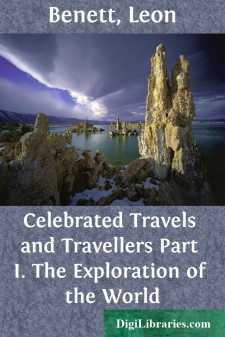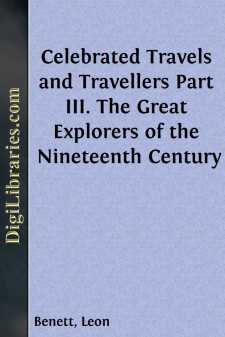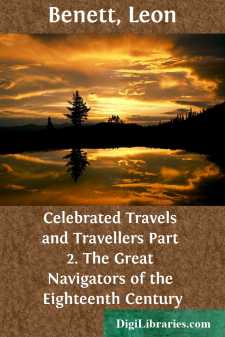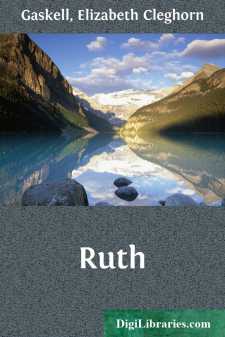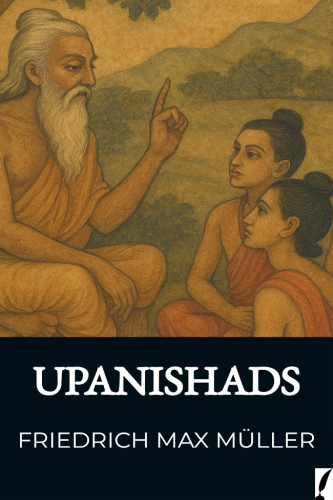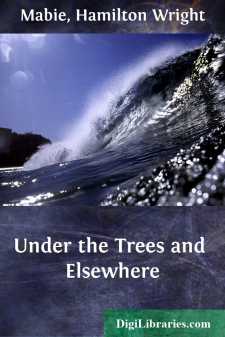Categories
- Antiques & Collectibles 13
- Architecture 36
- Art 48
- Bibles 22
- Biography & Autobiography 813
- Body, Mind & Spirit 142
- Business & Economics 28
- Children's Books 17
- Children's Fiction 14
- Computers 4
- Cooking 94
- Crafts & Hobbies 4
- Drama 346
- Education 46
- Family & Relationships 57
- Fiction 11829
- Games 19
- Gardening 17
- Health & Fitness 34
- History 1377
- House & Home 1
- Humor 147
- Juvenile Fiction 1873
- Juvenile Nonfiction 202
- Language Arts & Disciplines 88
- Law 16
- Literary Collections 686
- Literary Criticism 179
- Mathematics 13
- Medical 41
- Music 40
- Nature 179
- Non-Classifiable 1768
- Performing Arts 7
- Periodicals 1453
- Philosophy 64
- Photography 2
- Poetry 896
- Political Science 203
- Psychology 42
- Reference 154
- Religion 513
- Science 126
- Self-Help 84
- Social Science 81
- Sports & Recreation 34
- Study Aids 3
- Technology & Engineering 59
- Transportation 23
- Travel 463
- True Crime 29
Celebrated Travels and Travellers Part I. The Exploration of the World
by: Leon Benett
Description:
Excerpt
CHAPTER I.
CTCE.H, 505; H, 484; P, 340; N, 326;
E, 146; C, 100; S, 50.Hanno, the Carthaginian—Herodotus visits Egypt, Lybia, Ethiopia, Phoenicia, Arabia, Babylon, Persia, India, Media, Colchis, the Caspian Sea, Scythia, Thrace, and Greece—Pytheas explores the coasts of Iberia and Gaul, the English Channel, the Isle of Albion, the Orkney Islands, and the land of Thule—Nearchus visits the Asiatic coast, from the Indus to the Persian Gulf—Eudoxus reconnoitres the West Coast of Africa—Cæsar conquers Gaul and Great Britain—Strabo travels over the interior of Asia, and Egypt, Greece, and Italy.
The first traveller of whom we have any account in history, is Hanno, who was sent by the Carthaginian senate to colonize some parts of the Western coast of Africa. The account of this expedition was written in the Carthaginian language and afterwards translated into Greek. It is known to us now by the name of the "Periplus of Hanno." At what period this explorer lived, historians are not agreed, but the most probable account assigns the date 505 to his exploration of the African coast.
Hanno left Carthage with a fleet of sixty vessels of fifty oars each, carrying 30,000 persons, and provisions for a long voyage. These emigrants, for so we may call them, were destined to people the new towns that the Carthaginians hoped to found on the west coast of Libya, or as we now call it, Africa.
The fleet successfully passed the Pillars of Hercules, the rocks of Gibraltar and Ceuta which command the Strait, and ventured on the Atlantic, taking a southerly course. Two days after passing the Straits, Hanno anchored on the coast, and laid the foundation of the town of Thumiaterion.
Then he put to sea again, and doubling the cape of Soloïs, made fresh discoveries, and advanced to the mouth of a large African river, where he found a tribe of wandering shepherds camping on the banks. He only waited to conclude a treaty of alliance with them, before continuing his voyage southward. He next reached the Island of Cerne, situated in a bay, and measuring five stadia in circumference, or as we should say at the present day, nearly 925 yards. According to Hanno's own account, this island should be placed, with regard to the Pillars of Hercules, at an equal distance to that which separates these Pillars from Carthage.
They set sail again, and Hanno reached the mouth of the river Chretes, which forms a sort of natural harbour, but as they endeavoured to explore this river, they were assailed with showers of stones from the native negro race, inhabiting the surrounding country, and driven back, and after this inhospitable reception they returned to Cerne. We must not omit to add that Hanno mentions finding large numbers of crocodiles and hippopotami in this river. Twelve days after this unsuccessful expedition, the fleet reached a mountainous region, where fragrant trees and shrubs abounded, and it then entered a vast gulf which terminated in a plain....


